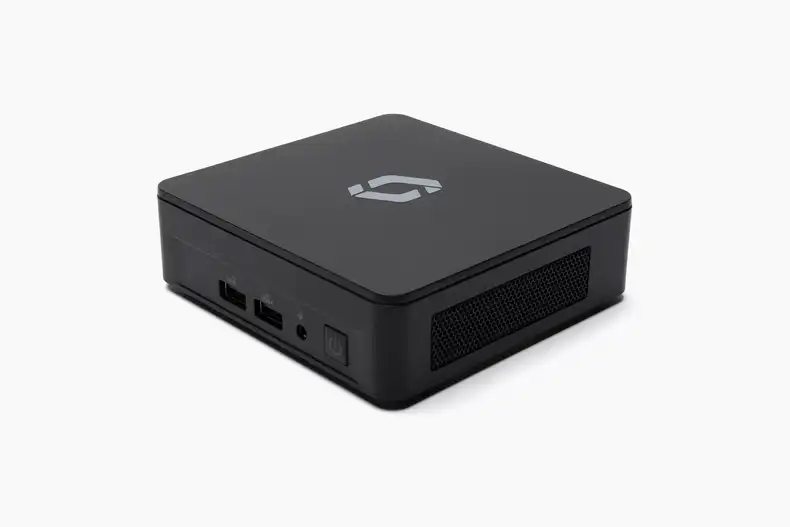Your business may be considering an installation of digital signs. Perhaps, you have seen digital signage displays in other businesses, and you want to be sure that your company doesn’t miss out on the action. Static signs are boring, and they do not engage customers as effectively as digital signs. If you have spent time researching digital signage solutions, you have likely noticed that many digital signage solutions brand themselves as a “smart signage” platform. However, as with many products in the IoT industry, consumers are left unclear as to how exactly a particular product is “smart.” A smart product must do more than simply connect to the internet to be considered smart. A smart product must provide customers with a wide range of useful and innovative features. In this article, we describe the key features that make smart signage smart. As you search for smart signage solutions for your business, you should make sure they have the important features described below.
Remote management
One of the most exciting benefits of digital signage is that users can quickly change the content displayed on their digital sign. This ability is not shared by static signs, as users must reprint and reinstall a static sign each time they want to change the displayed content. With a digital sign, users can simply upload a new image, motion-graphic, video, or URL link in minutes. However, digital signage platforms that do not allow remote content management can hinder a user’s ability to change content quickly. For some digital signage platforms, users must physically visit each digital sign and its respective media player to upload new content from a USB drive. This requirement is problematic, as it costs companies valuable employee time that could otherwise be spent on more productive tasks.
Smart signage differs from standard digital signs in that it typically features remote content management software. This software allows users to change their smart signage content from anywhere by using a web interface on their personal computer. This ability enables users to spend less time managing their digital sign content and spend more time focusing on more mission-critical tasks for their business.
Asset scheduling
With basic digital signage solutions, users play content in a repeating loop. This content continues to play until a user goes into the system and either stops or changes the looped content. Smart signage platforms instead allow users to schedule content for particular times of the day. The ability to schedule digital sign content can be extremely useful for a business’s smart sign deployment. For example, restaurants can use smart signage to schedule their breakfast, lunch, and dinner menus to change automatically at a predetermined time. This feature allows smart signs to be a “set-and-forget solution,” whereas more basic digital signs require time-consuming, continual management.
Issue diagnostics
Many businesses have a digital signage deployment that includes more than just a single retail store digital sign. The business may have digital signs deployed in multiple stores across a city or even around the world. This distance presents a difficulty for IT teams who must ensure that each digital sign is up and running in order to provide the best customer experience to shoppers. When basic digital signs encounter playback issues, it can be days or even weeks before a business employee reports this issue to a relevant member of the IT team.
Smart signage addresses this problem by providing a real-time dashboard that displays each smart sign’s current status. If a smart sign goes offline, an IT team can see this issue immediately and quickly assign a team member to address the problem. Also, for issues with content playback, smart signage provides users with a time-stamped log of previously played content. This smart sign content log is extremely useful in helping teams sort out any content playback issues.
Connectivity to business applications and data
One of the hallmarks of any smart device is that the device connects to the internet. While this is an essential feature of a smart device, what really matters is what the smart device can do with its internet connection. Many digital signage applications depend entirely on user intervention to change content.
Smart signage, on the other hand, can change content automatically depending on a variety of data inputs from business applications and other data sources. Smart signage can receive data input via smart sign APIs, and this received data can trigger automatic changes in the content that the digital sign displays. For example, digital lobby signs can automatically promote activities and events that need more attendees based off of live sign-up information in the hotel’s database. This automatic content change can help fill events and activities that may otherwise be underutilized by hotel guests. Another example is with vending machine smart signage, where companies such as SMRT1 Technologies are using smart sign APIs for vending machines to enhance the customer experience with their touch-screen vending machines.
Security
Basic digital sign platforms are a notorious target of hackers. This fact is in part because digital signs are set up to display media in highly visible locations. Hackers can exploit this feature of digital signs by programming digital signs to display political messages or lewd content to a large audience. The other reason hackers often target digital signs is that many digital signage platforms do not treat security as a top priority. As a result, a large population of amateur hackers can easily compromise many digital signs. These hackers can also use vulnerable digital signs as a backdoor to access sensitive business data.
Smart signage combats these security vulnerabilities by making security a top priority in the development of smart signage software and smart signage hardware. Smart signs reduce security vulnerabilities even at the operating system level by using secure Linux operating systems such as Ubuntu. When choosing your smart signage solution, be sure to investigate the steps your smart signage provider has taken to protect your smart signs from hackers.
So, how do I get started with smart signage for my business?
To get started with a smart signage deployment for your business, you will need smart sign hardware and smart sign software that has the features described above. To make things simple, the Screenly Box 0 contains all the hardware components you need for your first smart sign. The smart signage media player comes with smart signage software pre-installed on the device. All you need to do is plug in the device to any display that accepts HDMI input and upload your smart signage content! Hopefully, this article was informative, and you now have a better idea of what makes smart signage smart. Let us know if you have any questions regarding launching smart signage in your business or organization. We’re always happy to help!





